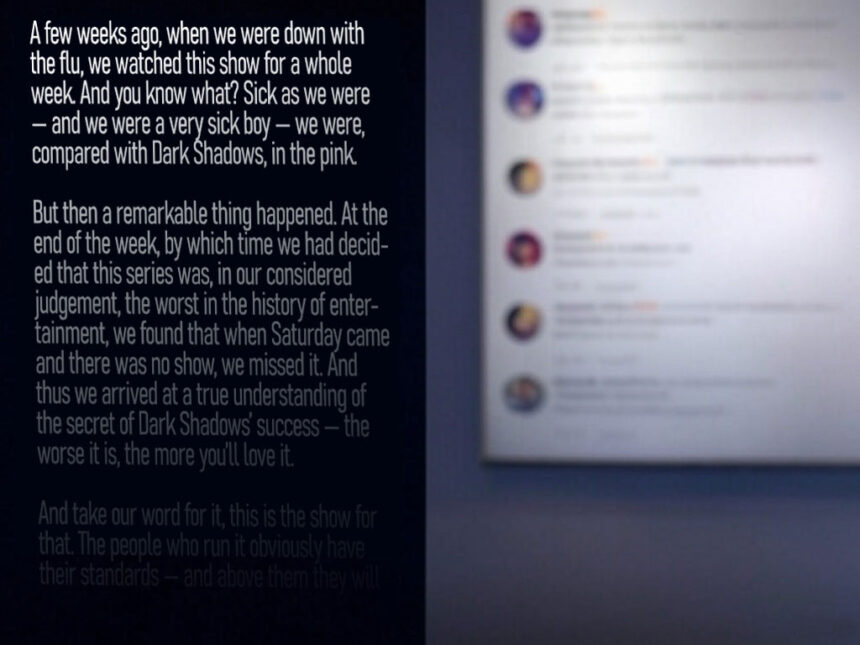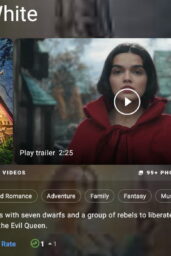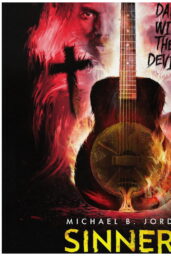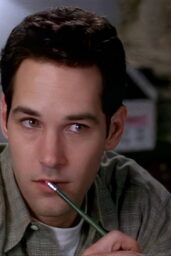The Day the Ratings Lied
I still remember the first time I felt betrayed by a movie rating. It was a certified “Fresh” blockbuster—glowing reviews, 90% on Rotten Tomatoes. Two hours later, I walked out of the theater wondering if critics had watched a different film. Turns out, I wasn't alone.
Critics vs. Audiences
Hollywood's dirty little secret? Movie ratings are broken. Look at The Last Jedi (91% critics vs. 41% audience) or Morbius (15% critics vs. 71% audience) – mediocre critic scores, meme-fueled fan frenzy. The gap isn't just about taste—it's about who's really being served.
- Studio Manipulation: Early screenings for “friendly” critics.
- Algorithm Gaming: RT's binary “Fresh/Rotten” system rewards bland consensus over bold takes.
- Fan Backlash: When Cats (2019) scored higher than The Batman in some circles, the internet revolted.
How We Got Here
In the 2000s, Rotten Tomatoes democratized criticism. Now? It's a weapon. Studios cherry-pick quotes (“A triumph!”—from FlicksMonthly, circulation: 12). Meanwhile, audience scores get bombed by trolls (Captain Marvel pre-release review bombing) or inflated by stans (Anything SnyderCut).

Expert Take:
“Ratings used to guide viewers. Now they're marketing tools.” — Film analyst Sarah Chen, Variety
Transparency—Or Revolution
Some solutions:
- Verified Tickets Only: Only let actual viewers rate films (thanks, Barbie).
- Ditch the Binary: A 5-star system beats “Fresh/Rotten.”
- Embrace the Chaos: Let fans and critics feud—it's more honest.
Your Turn
Next time a critic calls something “genius,” ask: Whose genius? Then hit the comments. Love it? Hate it? Prove me wrong.
This isn't just about movies—it's about trust. And right now, Hollywood's got less credibility than a Fast & Furious villain's PhD.












